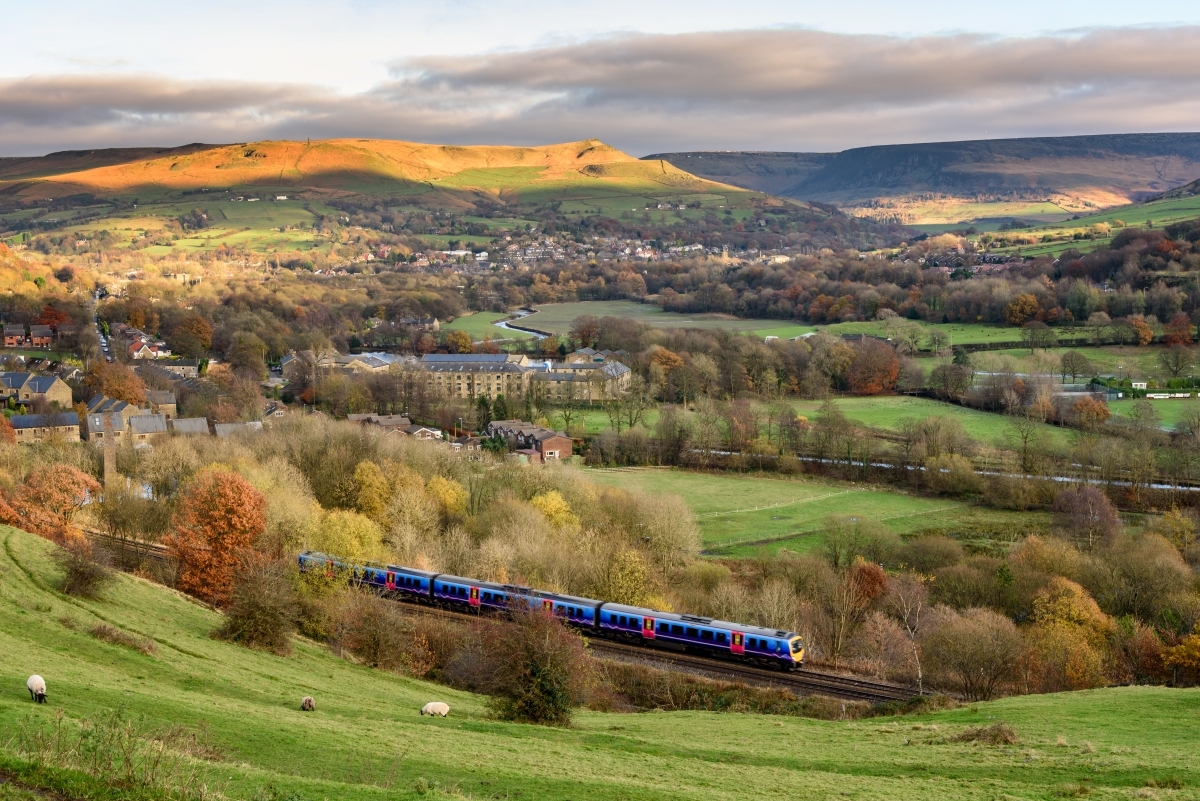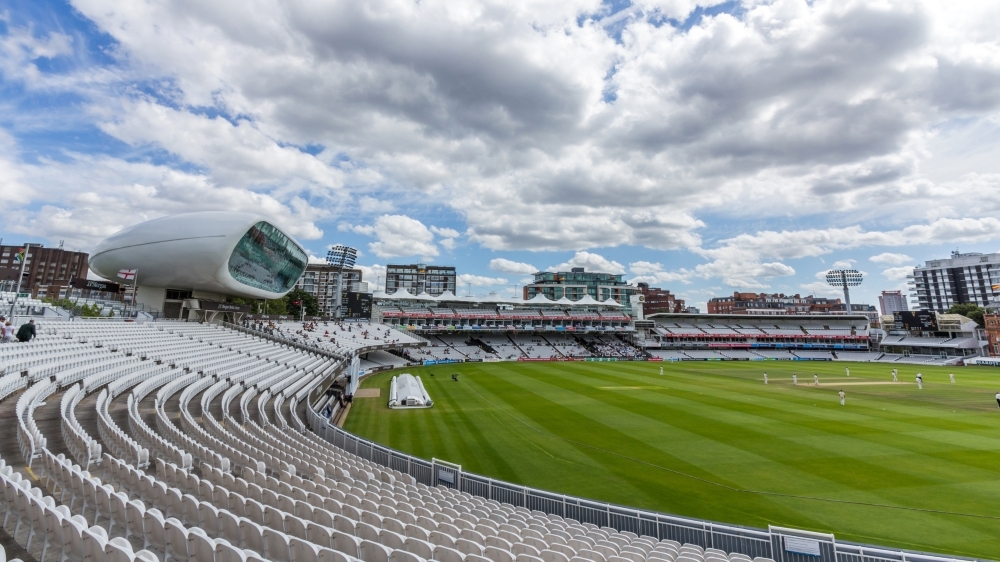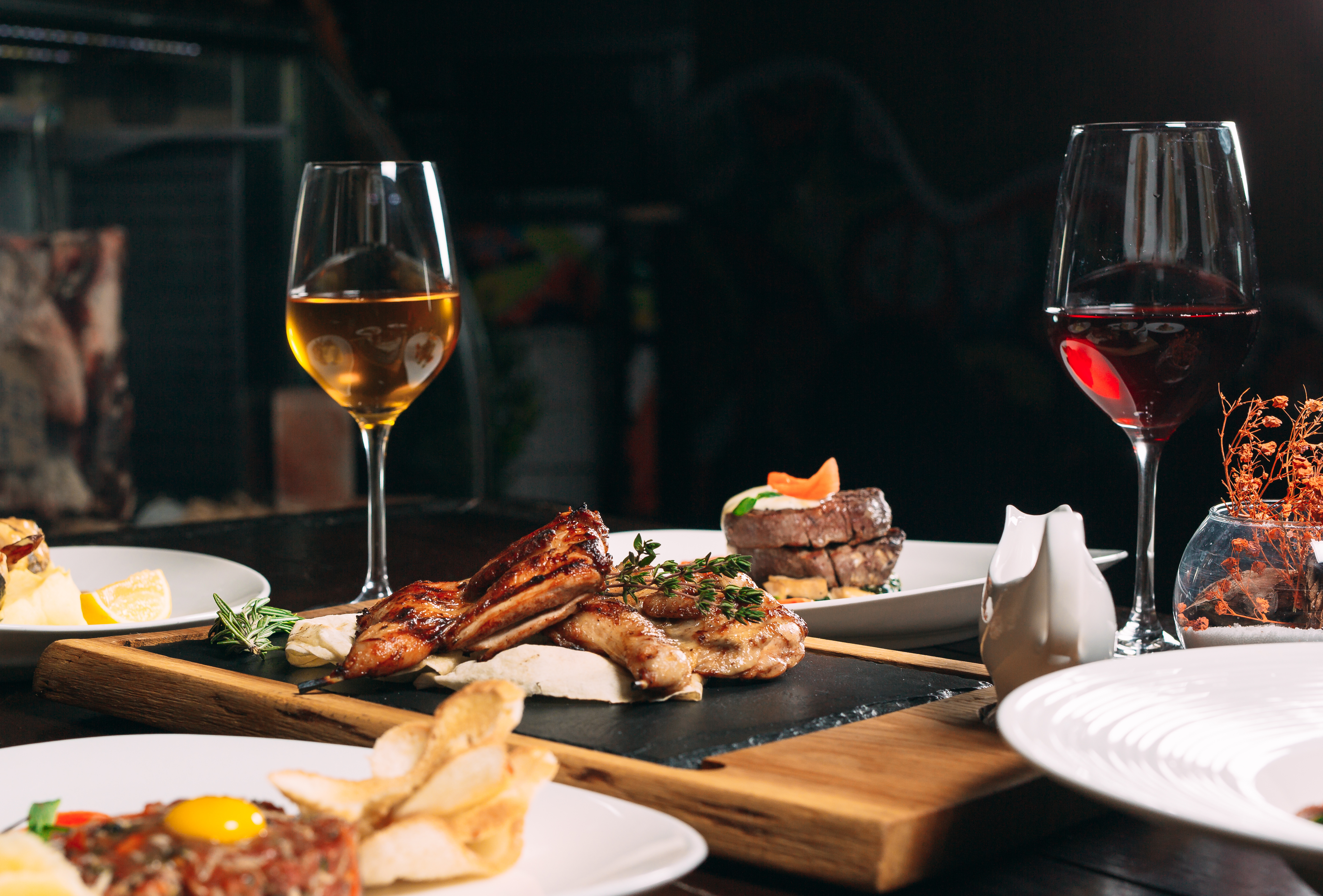Inside The Real Notting Hill Tennis Club
Before Notting Hill became the cultural byword it is today, this quiet corner of the area was much more than just its sporting heart. Older residents still refer to Kensington Tennis Club as "the real Notting Hill club," a nod to its pre-war roots and its place in the local way of life. It has weathered the rise of flashier, high-end racquet centres and boutique fitness clubs without losing charm or character.
For those that know West London well, whether as lifelong residents or newly minted locals, the club represents a slice of old-school Notting Hill. In an area that has struggled not to have been marked by dramatic changes and developments, Kensington Tennis Club remains reassuringly familiar.

A Quiet Legacy
The story of Kensington Tennis Club began in the early 1900s, during a period when lawn tennis was becoming the leisure pursuit of choice for West London’s more genteel classes. Nestled between the emerging districts of Notting Hill and Holland Park, the club was founded by a group of local families eager to establish a private sporting retreat away from the bustle of the city. At that time, the area was far less developed, marked by open fields, grand villas and garden squares, offering a much quieter, village-like character.
Originally known informally as the Notting Hill Lawn Tennis & Croquet Club, it attracted a faithful following of residents who would arrive in straw boaters and flowing skirts to play afternoon sets on grass courts, followed by tea in the shade of the plane trees. The clubhouse was much smaller then, but served as a social hub where neighbours gathered for bridge, recitals and garden parties, marking the club as much a part of local life as the shops on Kensington Church Street, or the grounds of Holland Park.
By the 1960s and 70s, as Notting Hill and Kensington underwent social and cultural change, the club remained a bastion of the local community – its membership diversified, welcoming young professionals, families and artists drawn to the area’s evolving character. Yet the venue retained its traditional values, opting against floodlights and loud advertising, with expansion of the facilities not on the horizon. This quiet, measured approach allowed it to avoid the fate of many London clubs that modernised too hastily or lost their sense of place, and became either too commericalised, or failed entirely.
A Blissful West London Setting
Nestled just off Campden Hill, the club occupies a peaceful plot bordered by mature trees and ivy-covered fences that shield its lawns from the pace of city life. To the untrained eye, the entrance might go unnoticed – just a simple gate framed by clipped hedgerows and a modest sign. But beyond the entry lies four pristine artificial grass courts and two natural grass courts, the latter playable only in summer, and something of a rarity within central London.
The grounds are immaculately kept, with flowering shrubs edging the courts and wrought iron benches tucked under shade for those pausing between sets, or looking on. There is no harsh glare from floodlights here, with play typically following the daylight hours, giving the club a rhythm that changes gently with the seasons. For many members, this is part of the charm and offers an escape from the 24-hour demands of city life, to something a bit more communal and stripped back.
At the centre sits a delightful two-storey clubhouse, a red-brick building with white-painted sash windows and a small balcony overlooking the courts. Inside, the atmosphere is warm and informal, with squashy leather chairs and walls dotted with framed photographs of past tournaments. The changing rooms are neatly kept with Victorian tiling, polished wood benches, and the essentials of any traditional English sports club. This is a place dedicated to tennis and tennis alone but yoga and Pilates sessions are offered in the upstairs room, sometimes spilling onto the lawn when the weather permits.
Membership Options & Tennis Programmes
Kensington Tennis Club has always valued quality of community over quantity of members. Applications require proposals and secondments by existing members, a process designed not necessarily to exclude, but to ensure the club retains its familiar atmosphere. Many of the current senior members joined as children, and there is a natural passing down of tradition from one generation to the next with membership.
While the crowd leans towards local families, there’s an inclusive spirit here that softens any suggestion of stuffiness, with new members often speaking of being drawn in by the club’s gentle charm and community atmosphere The waiting list for peak times is considerable, but off-peak and junior memberships are more accessible, and the club maintains an excellent programme for young players.
A team of experienced coaches offers private lessons, junior clinics, and small-group sessions that focus on improving everything from serve consistency to match tactics. The coaching style is deliberately low-pressure, designed to nurture long-term enjoyment rather than short-term competitiveness. Children’s coaching is taken just as seriously, with Saturday morning groups often fully booked months in advance. Holiday camps, after-school sessions and development squads ensure that juniors remain engaged, while adults benefit from specialist clinics focusing on doubles positioning, footwork and shot selection. For those seeking match play, the club runs informal ladders and box leagues, as well as teams that compete in local inter-club fixtures.
A Social Scene made for the Lawns
Beyond the courts, Kensington Tennis Club thrives on its intimate social calendar. The much-anticipated summer party marks the start of the grass court season, complete with Pimm’s, live music from local jazz ensembles, and homemade cakes contributed by members. Club Finals Day is another celebrated date, when spectators gather on picnic blankets to cheer on players before retreating to the clubhouse for prosecco and prize giving.
Club tournaments are a highlight of the year, especially the midsummer doubles championship and the much-loved wooden racquet tournament – a nod to the club’s Edwardian past, with players dressed in whites and wooden Slazengers borrowed from the clubhouse’s archive. Less formal gatherings include Friday evening social tennis, where pairings are drawn at random and newcomers are warmly folded into the mix. This atmosphere of gentle inclusion has preserved Kensington Tennis Club as a true community hub amid the glamour of Notting Hill, and is a firm favourite amongst the locals fortunate enough to play there.



